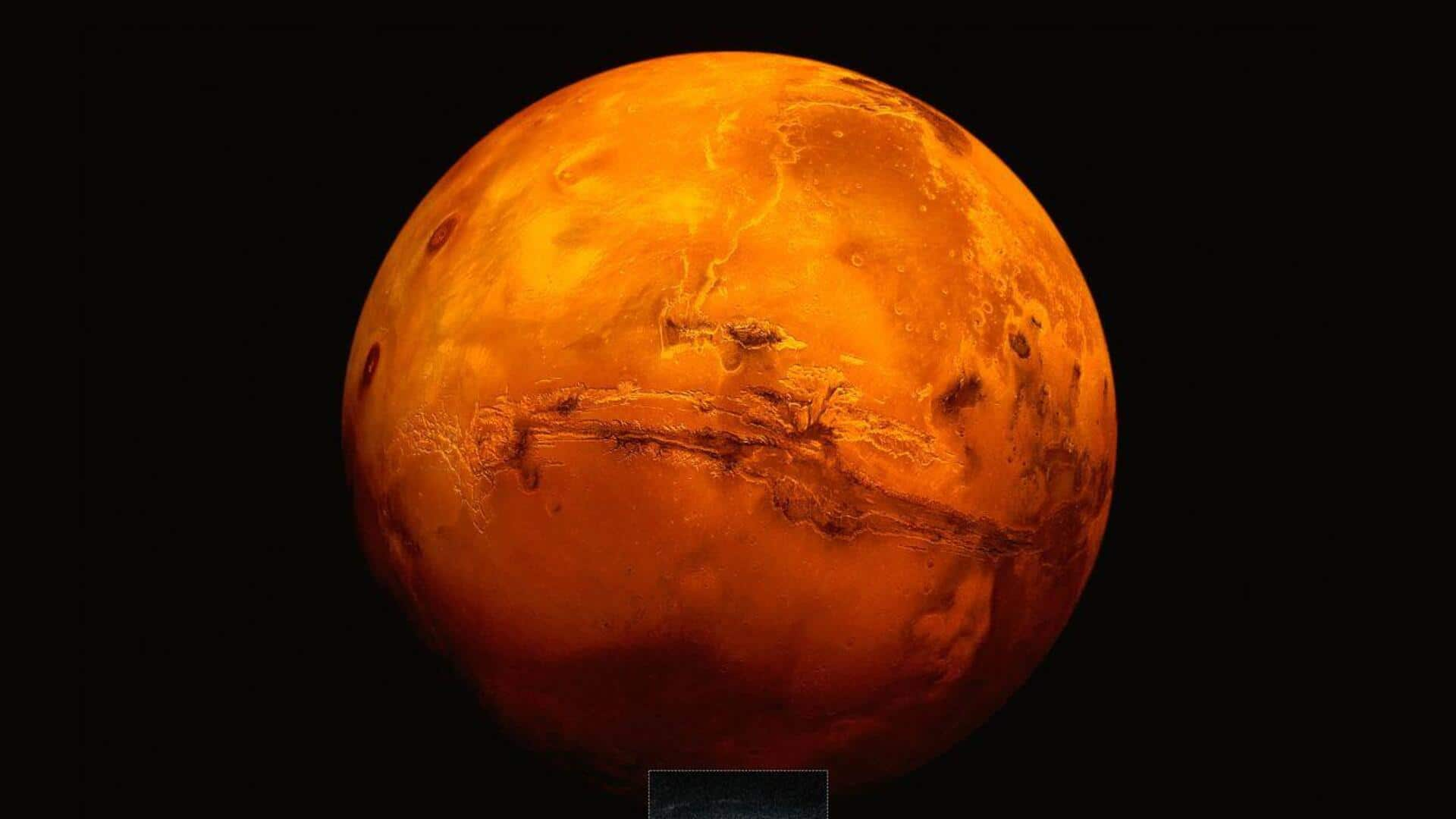
How NASA can bring back samples from Mars in 2030s
What's the story
NASA has proposed two new innovative ways to bring back critical samples from Mars to Earth by the 2030s. The proposals serve as alternatives to the original Mars Sample Return program, a joint NASA and European Space Agency (ESA) venture. The initial plan was found to be inefficient after an independent review board estimated its cost could go up to $11 billion, delaying the samples' return from 2031 to 2040.
Decision timeline
NASA to decide on new strategies by 2026
NASA Administrator Bill Nelson said the agency will choose between the newly proposed strategies by the second half of 2026. The strategies are designed to lower complexity, cost, and mission duration. Since landing in February 2021, NASA's Perseverance rover has been collecting rocks and dust from Jezero Crater on Mars, thought to be an ancient lake and river delta site.
Sample significance
Mars samples could reveal existence of life
Scientists believe the samples collected by Perseverance could help determine if life ever existed on Mars. However, returning these specimens to Earth is a complicated affair. Both original and new program designs involve multiple spacecraft to land on Mars, and bring the haul back to our planet. In April last year, NASA asked its various centers and industry partners to come up with new plans to return the samples in a more streamlined and cost-effective manner.
Landing alternatives
NASA explores 2 new landing options
Dr. Nicky Fox, Associate Administrator for NASA's Science Mission Directorate, revealed the agency is looking at two new landing options. "One is to leverage technology that was previously used to land both (the) Perseverance and Curiosity (rovers) on Mars. The other is to leverage options from industry." The first choice is the sky crane method used for the entry descent and landing of the two rovers still exploring Mars.
Proven technique
Sky crane method: A proven technique for Mars landing
Engineers developed the sky crane method for deploying the car-size rover Curiosity. It uses a heat shield, parachute, and rockets to slow down the spacecraft during initial descent. The sky crane then lowers the rover to Mars's surface with a strong cable before disconnecting and crash-landing away from the site. The design was also successfully used in 2021 to land Perseverance on Mars.
Commercial involvement
Second option involves commercial partners
The second option will leverage new commercial capabilities and partners to deliver a "heavy-lift vehicle" lander, like designs from companies such as SpaceX and Blue Origin, to Mars. Mars presents a unique challenge for landers as its thin atmosphere can burn up a spacecraft without an outer structure with a protective heat shield.